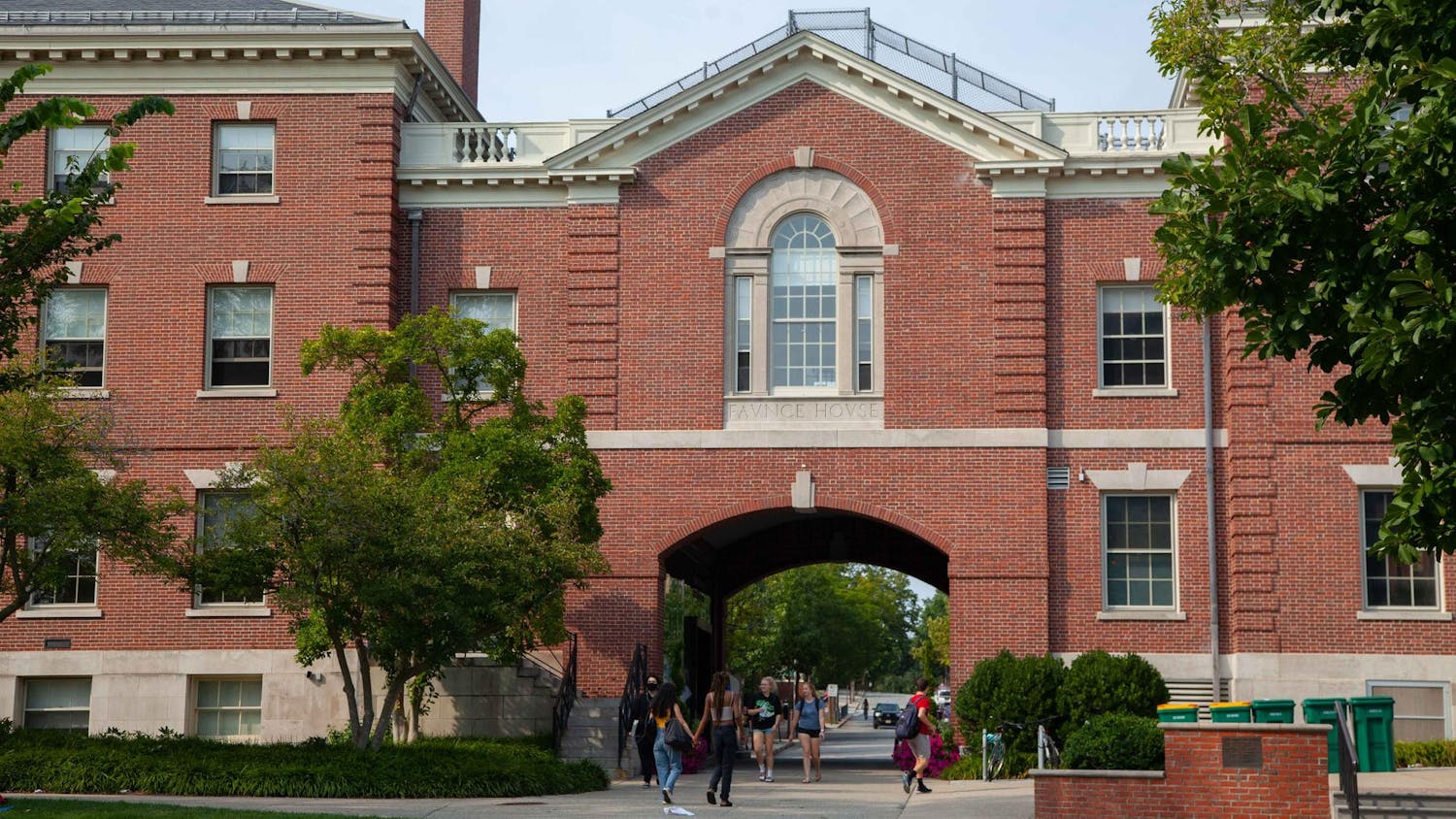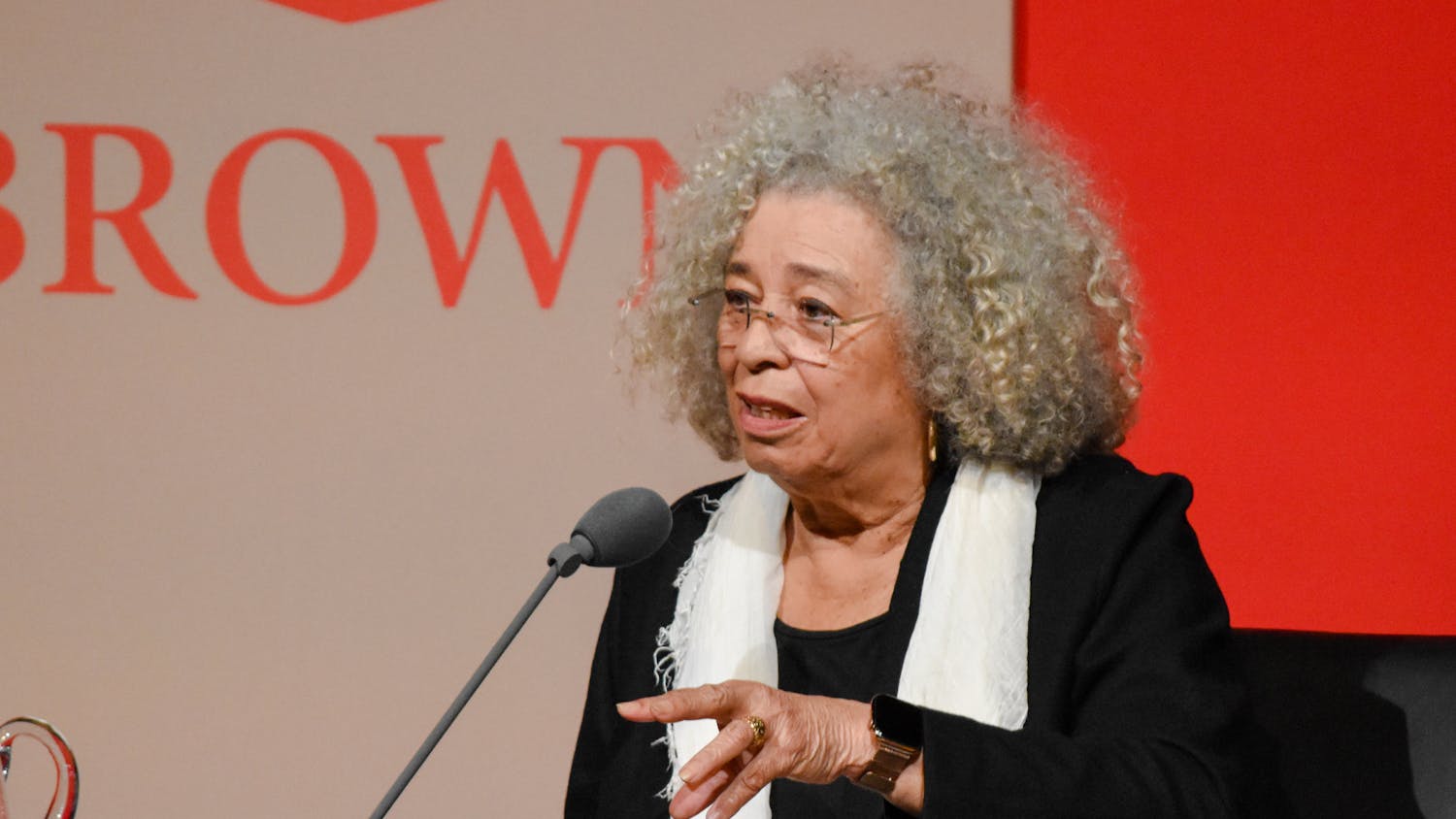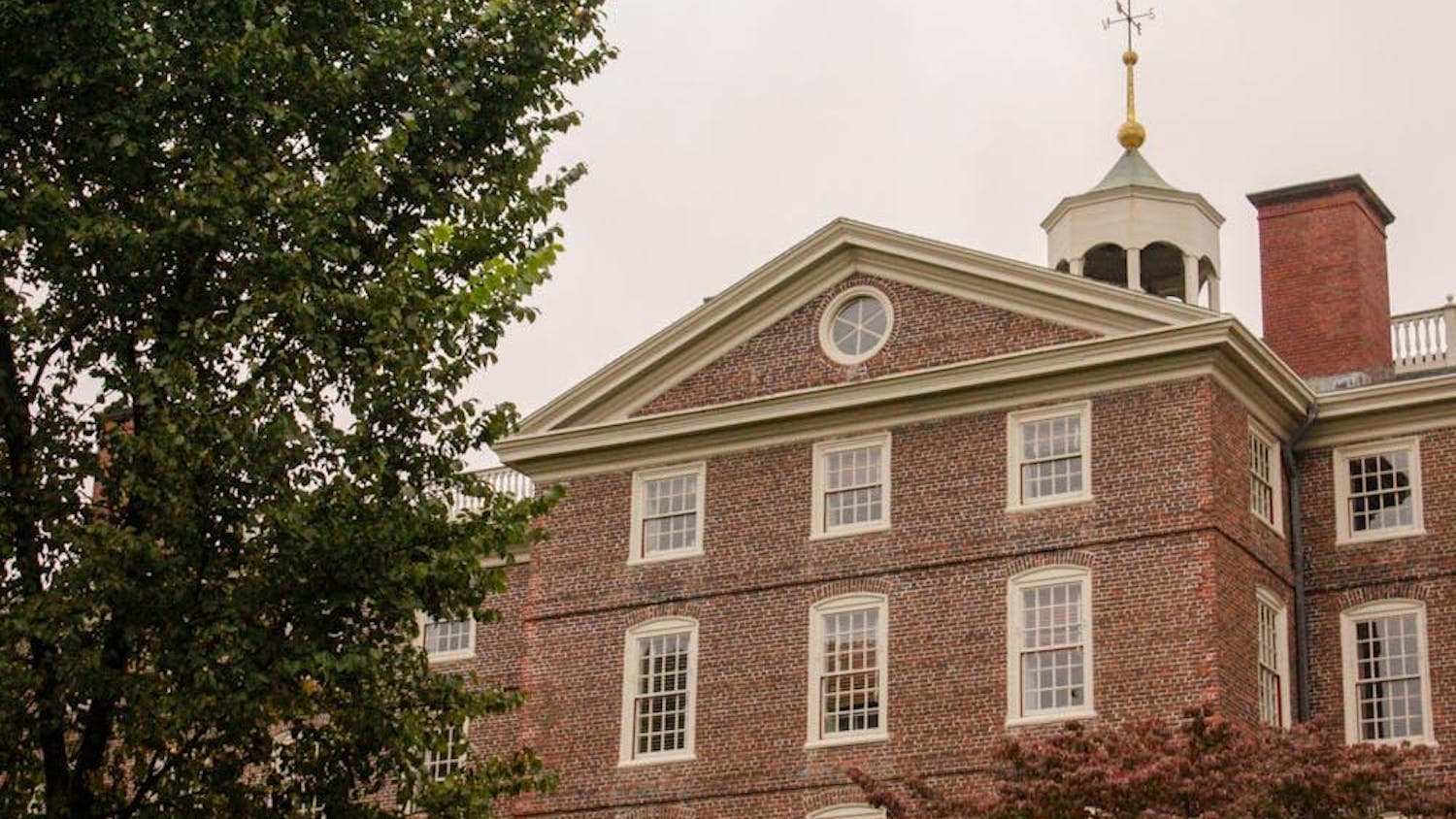Americans can expect conservative Supreme Court justices to practice their brand of "judicial activism" in the coming years, CNN senior analyst and author Jeffrey Toobin told a Salomon 101 audience Thursday night.
Toobin, a CNN commentator on American legal issues, is also a staff writer for the New Yorker and author of the 2007 bestseller "The Nine: Inside the Secret World of the Supreme Court." He told the audience that he wrote his latest book because he thought the high court should be an "institution for all of us" despite its largely private workings.
Toobin said he expects the Court to be evenly divided in Justice Sonia Sotomayor's first term — consisting of four conservatives, four liberals and frequent swing-vote Justice Anthony Kennedy. But Toobin said the Court's June 2008 decision in D.C. v. Heller, upholding a lower court's decision to strike down gun-control laws in the nation's capital, showed that conservatives on the Court were willing to practice judicial activism and step into state and federal matters.
Toobin also said President Obama's biography provides hints about his judicial philosophy.
Even though Obama was president of the Harvard Law Review, Toobin said, he did not even apply for a Supreme Court clerkship. "He is not someone who believes that change comes from the courts," Toobin said. "He believes change comes from politics."
For the first time in history, Toobin noted, all nine of the justices are former federal appellate court justices. But even though Obama chose Sotomayor, a judge on the Second Circuit Court of Appeals, to replace the retiring David Souter, Toobin said the president might look to a different source if he has a chance to appoint another justice.
"Obama is someone who believes that you need diversity in all things," Toobin said.
He said Director of Homeland Security Janet Napolitano, a former U.S. attorney and Arizona governor who was on Obama's short list to replace Souter, would be a likely option if another vacancy was created during Obama's tenure.
Toobin's speech on the Supreme Court ranged primarily from the 1960s to the present. He pointed to the mid-century Warren Court as the last example of a "unified ideological force" on the bench.
President Nixon appointed four new justices, but they did not move the Court very far to the right, Toobin said.
That these "Goldwater Republicans" differed from today's conservative appointees "illustrates a theme in American history that goes well beyond the courts," Toobin said — "and that is the evolution of the Republican Party."
In the 1980s, Toobin said, President Reagan brought in a group of young conservative lawyers — including future Justice Samuel Alito and Chief Justice John Roberts — who argued for a "conservative agenda" to dismantle issues such as abortion rights and civil rights.
But Reagan's controversial nominee for an open seat in 1987, Robert Bork, caused a significant debate about the ideologies of the Supreme Court members. "Really, for the only time in our lifetime, the nation had a conversation — a national conversation — about what the Constitution meant, because Robert Bork was brilliant, he was pro-life, he was ethical and he was very, very conservative," Toobin said.
Bork did not gain confirmation in the Senate, leading to Reagan's nomination of the more moderate Kennedy.
The Court was fairly evenly divided through the duration of 1990s, with Justice Sandra Day O'Connor often providing the swing vote in 5-4 decisions, Toobin said. But the landmark 2000 case of Bush v. Gore was a turning point.
"What's the most interesting thing about Bush v. Gore was the effect it had on the Court," Toobin said. "From 2000 to 2005, the Court moved to the left."
On issues ranging from the death penalty to gay rights to prisoners at Guantanamo Bay, the Court in the first part of the decade narrowly sided with the liberals, due in part to O'Connor's new voting patterns, Toobin said.
O'Connor was alienated by many of the policies instituted by President George W. Bush and Attorney General John Ashcroft, Toobin said, but one case had a particular impact on her: Terri Schiavo.
O'Connor was unhappy in 2003 when Congress suddenly became involved in the issue of who determined the rights regarding the woman, who was in a persistent vegetative state. O'Connor thought Congress' move challenged judicial independence, and was also affected personally because her husband was suffering from Alzheimer's disease, Toobin said.
In 2005, O'Connor retired because of her husband's failing health and Chief Justice William Rehnquist died, leaving two seats for Bush to fill with justices "in the mold of" Justices Antonin Scalia and Clarence Thomas — Roberts and Alito.
In response to an audience member's question about personal dynamics on the current Court, Toobin said Roberts wanted to set precedents on race and affirmative action, as with the landmark 2007 case of Parents Involved in Community Schools v. Seattle, striking down race-conscious re-balancing plans in public schools.
"He is determined to put his mark on the Court, which is the so-called ‘color-blind Constitution,'" Toobin said.
When the questioner asked how Roberts' philosophy would play out next to the first black presidency, Toobin said he has not seen Obama interested in defending affirmative action.
"One of the paradoxes of the Obama presidency is that his election as president of the United States is making racial preferences harder to defend politically," Toobin said.
In an interview with The Herald after the lecture, Toobin said the Court's biggest case this term will be McDonald v. Chicago, another gun-control case. If the Court decides to apply the Second Amendment to the states, Toobin said, we may see "the end of gun control."
Toobin's lecture capped off the day's events celebrating the 25th anniversary of the Taubman Center for Public Policy. Earlier Thursday, the center hosted a panel with faculty members discussing public policy research, and another discussion featuring alums from the department talking about their experiences in the field.
A. Alfred Taubman, the namesake of the center who sat next to President Ruth Simmons and Chancellor Thomas Tisch '76 during Toobin's speech, said the anniversary events were "terrific."
When asked his thoughts on how the center had turned out 25 years after its founding, Taubman told The Herald, "It's been a very successful trip."




